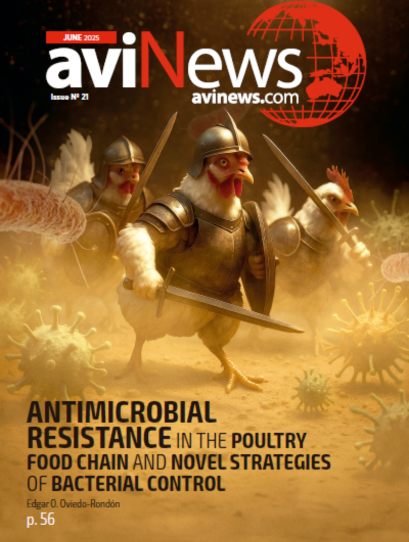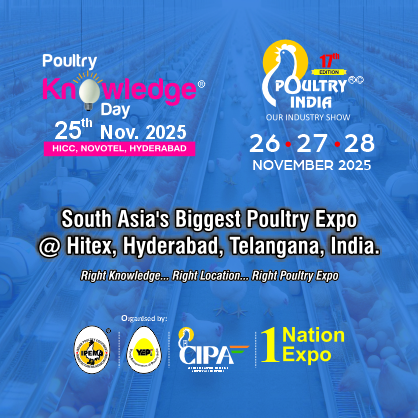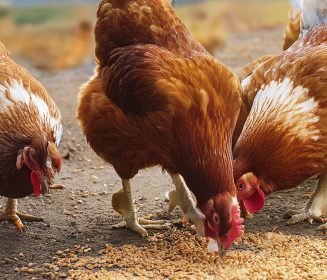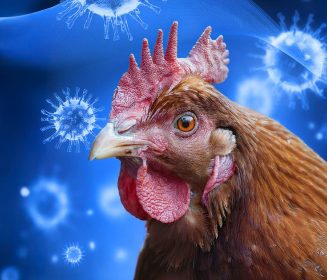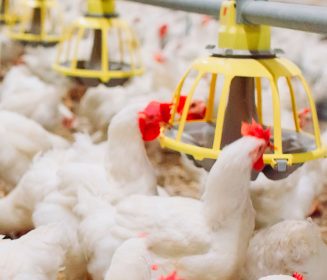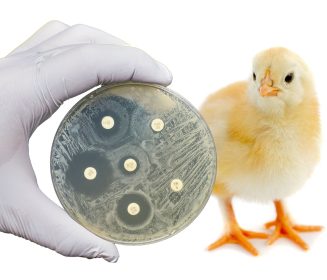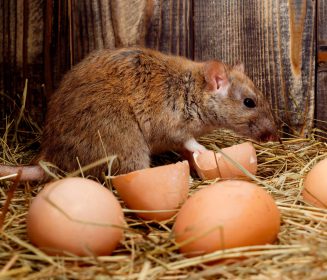Sources: Available upon request
03 Jun 2025
Improving poultry with DNA Metabarcoding
DNA metabarcoding is a cutting-edge technique that uses high-throughput sequencing to identify multiple species from complex biological samples. It combines DNA barcoding with next-generation sequencing (NGS) to analyze environmental DNA (eDNA) or mixed samples efficiently.
Introduction to DNA Metabarcoding
DNA metabarcoding is a cutting-edge technique that uses high-throughput sequencing to identify multiple species from complex biological samples. It combines DNA barcoding with next-generation sequencing (NGS) to analyze environmental DNA (eDNA) or mixed samples efficiently. This method is increasingly being applied in agriculture and livestock, including the poultry sector, to enhance productivity, safety, and sustainability.
Feed quality and ingredient authentication
One of the most impactful uses of DNA metabarcoding in poultry is in verifying feed composition. Poultry feed often contains a mix of plant and animal materials, and undeclared or contaminated ingredients can pose health risks. Metabarcoding can detect even trace amounts of DNA from unexpected sources, ensuring feed integrity and compliance with labeling regulations.
Pathogen surveillance and disease management
Poultry farms are susceptible to a wide range of pathogens. Traditional diagnostic methods may miss co-infections or emerging diseases. DNA metabarcoding allows for the simultaneous detection of multiple pathogens, including bacteria, viruses, and parasites, from a single sample. This comprehensive surveillance enables early intervention and improved biosecurity.
Environmental monitoring and sustainability
Poultry farming can affect surrounding ecosystems through waste runoff and habitat disruption. DNA metabarcoding of soil, water, and air samples can reveal shifts in microbial and macro-organism communities, offering insights into the environmental impact of farming practices. This data supports more sustainable and ecologically responsible operations.
Traceability and consumer confidence
Consumers increasingly demand transparency in food production. DNA metabarcoding can verify the species composition of poultry products and feed, helping to prevent fraud and ensure accurate labeling. This builds consumer trust and supports traceability throughout the supply chain.
Conclusion
DNA metabarcoding is a transformative tool for the poultry industry. It enhances feed safety, disease control, environmental stewardship, and supply chain transparency. As sequencing technologies become more accessible, the integration of metabarcoding into routine poultry management is expected to grow, driving innovation and sustainability across the sector.

